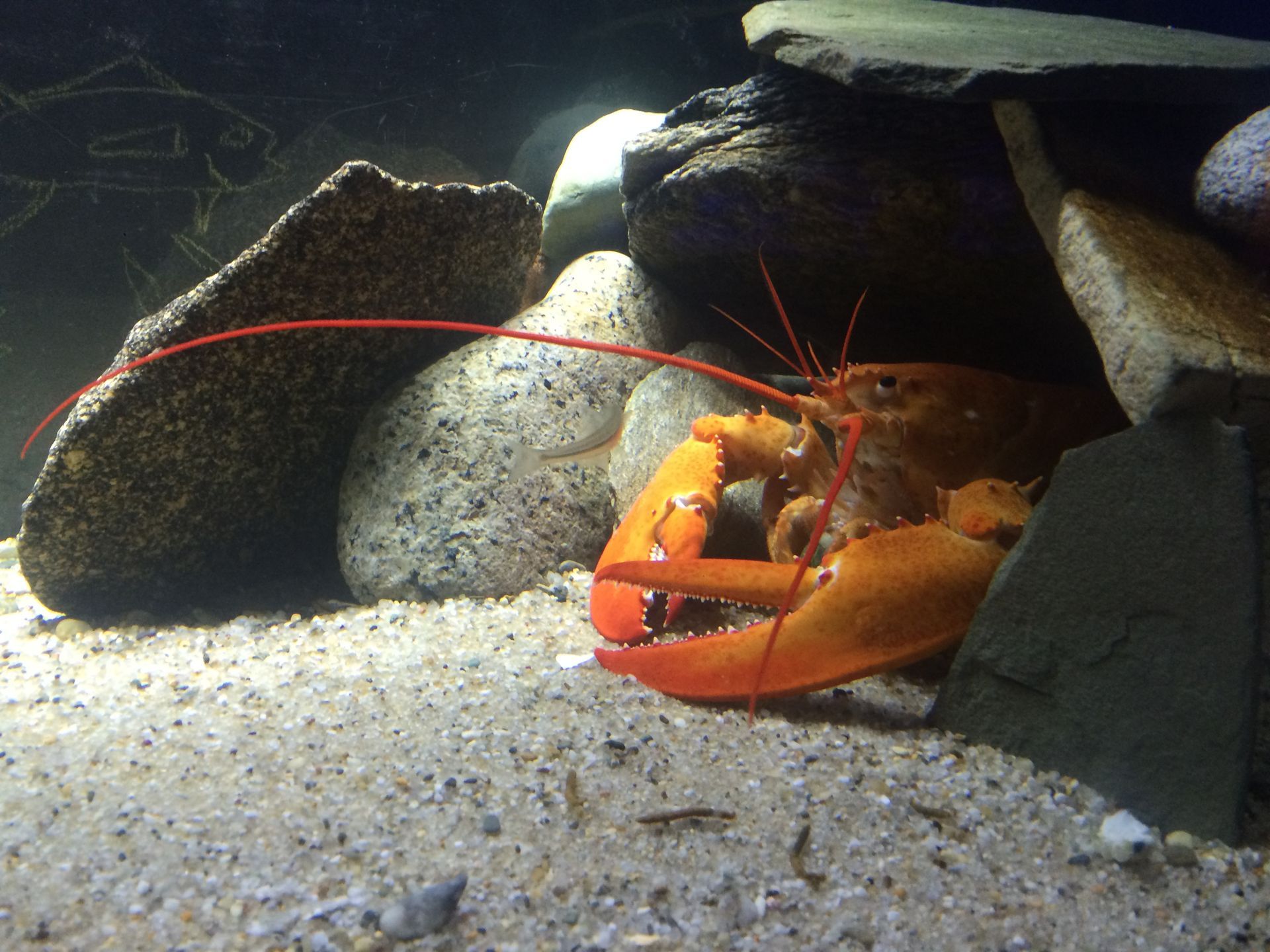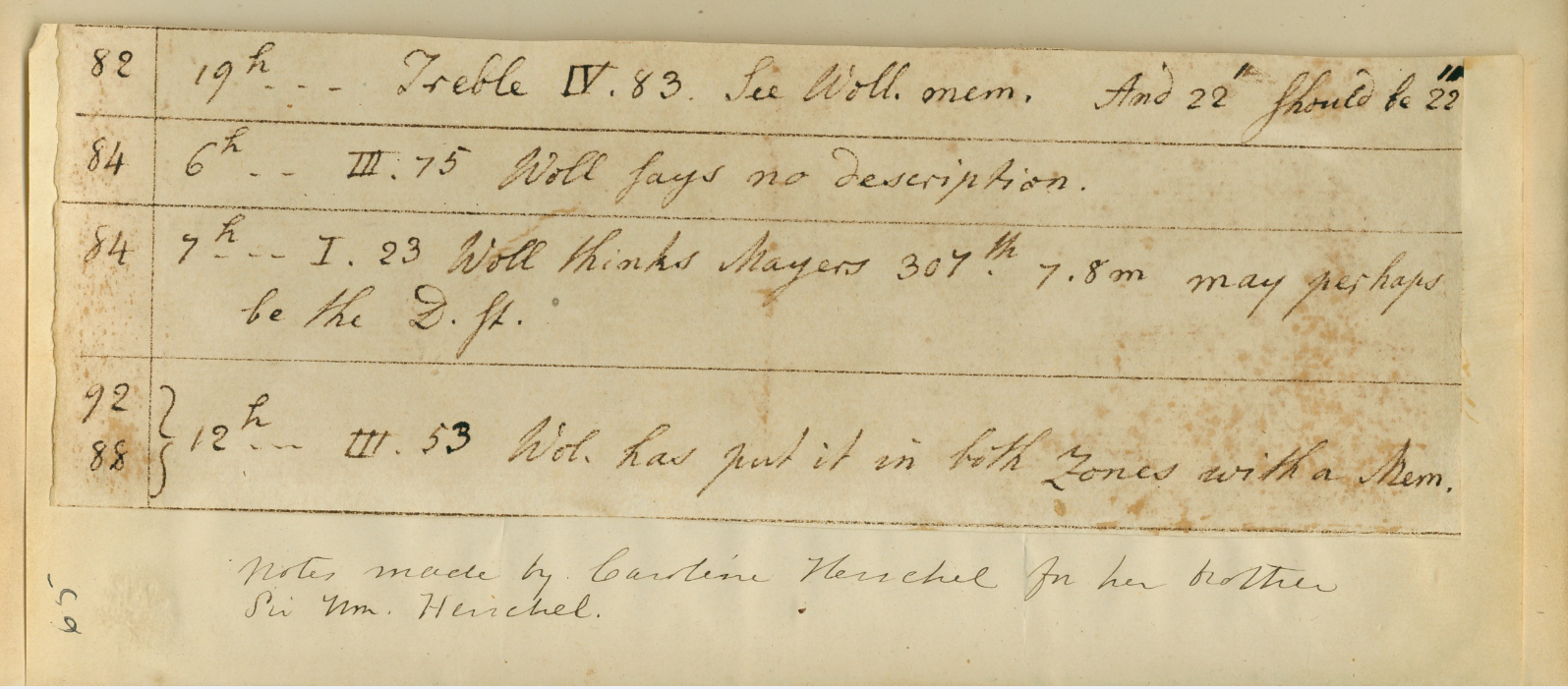Maria Mitchell In Her Own Words
Nov. 24, 1854. Yesterday, James Freeman Clarke the biographer of Margaret Fuller came in to the Atheneum. It was plain that he came to see me and not the Institution. I was a good deal embarrassed and made such an effort to appear as if I wasn’t, that I was almost ready to burst into a laugh at my own ridiculousness.
Maria, as was her way, always assumed that she was not important. She did not believe she was important. That people would not care about her work or who she was. Very Quaker. Very Maria. She was certainly not full of herself that is for sure. But people did seek her out while she was librarian at the Nantucket Atheneum. By the time of Clarke’s arrival, her comet discovery was old news” but her fame was not – that would continue on well beyond her lifetime as we all know. Her fame faded to some degree but well into the early twentieth century she could still be considered a household name. The fading has more to do with the place of women in history than Maria herself – women were buried.
It’s also important to note that the Nantucket Atheneum was not just a library but a place of learning for all beyond just books – as it still is today. It helped to attracted literary stars, great thinkers, and other luminaries of the nineteenth century – yes, even this far out to sea – who came to lecture and speak and take part in conventions like the anti-slavery conventions. The Quaker belief in education and life-long learning was something that influenced all parts of island life; certainly its library.
JNLF
Recent Posts




